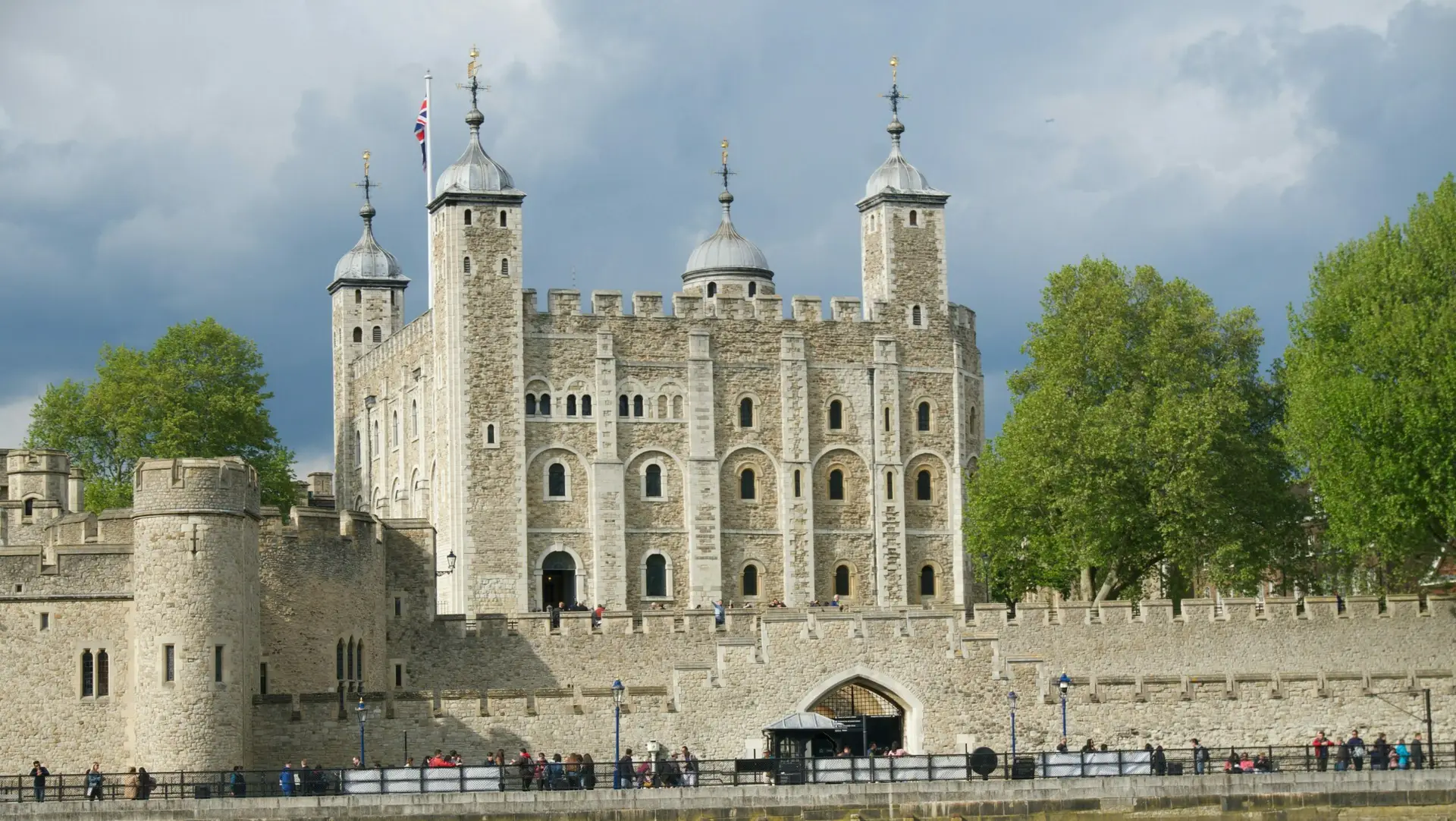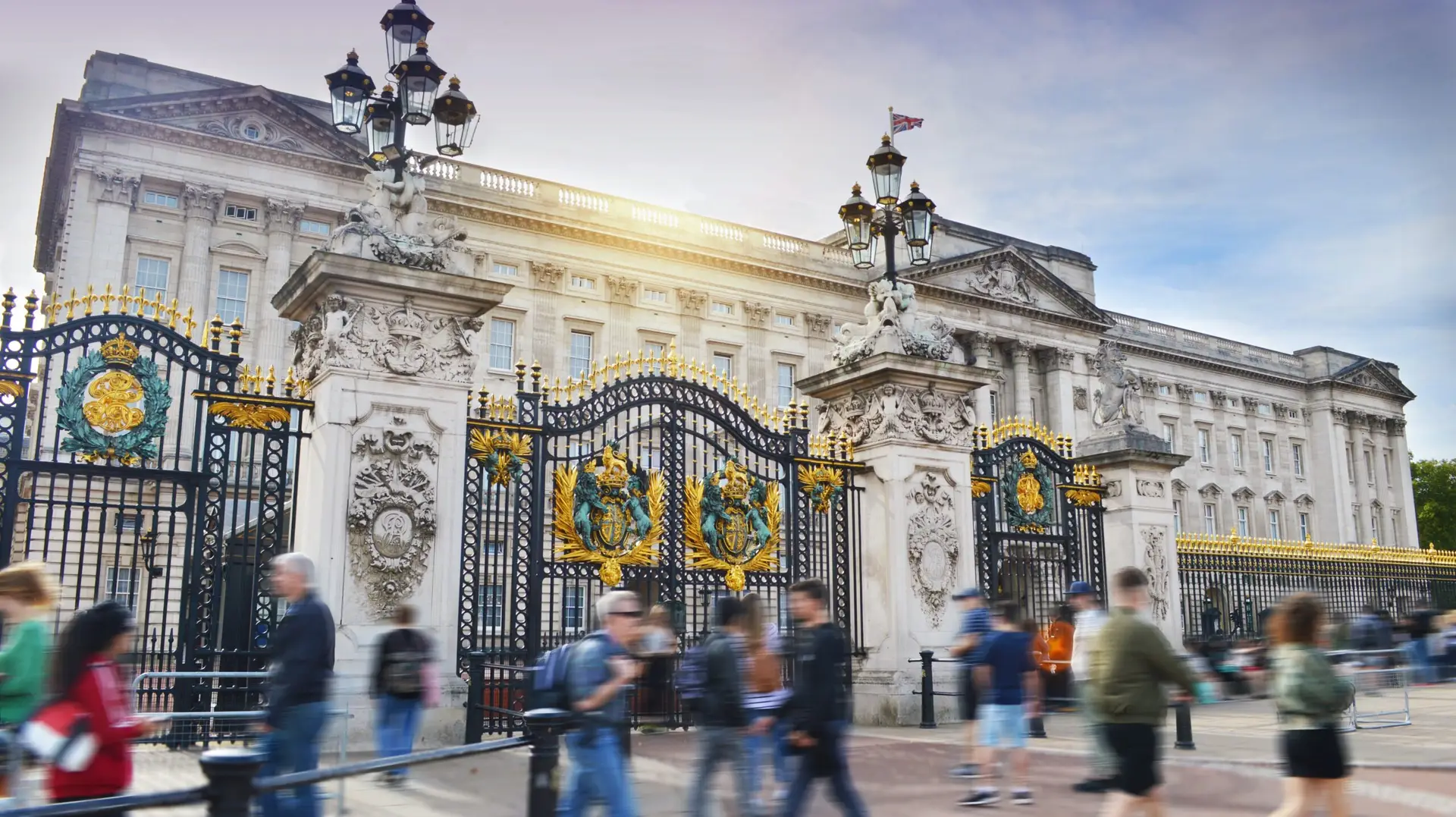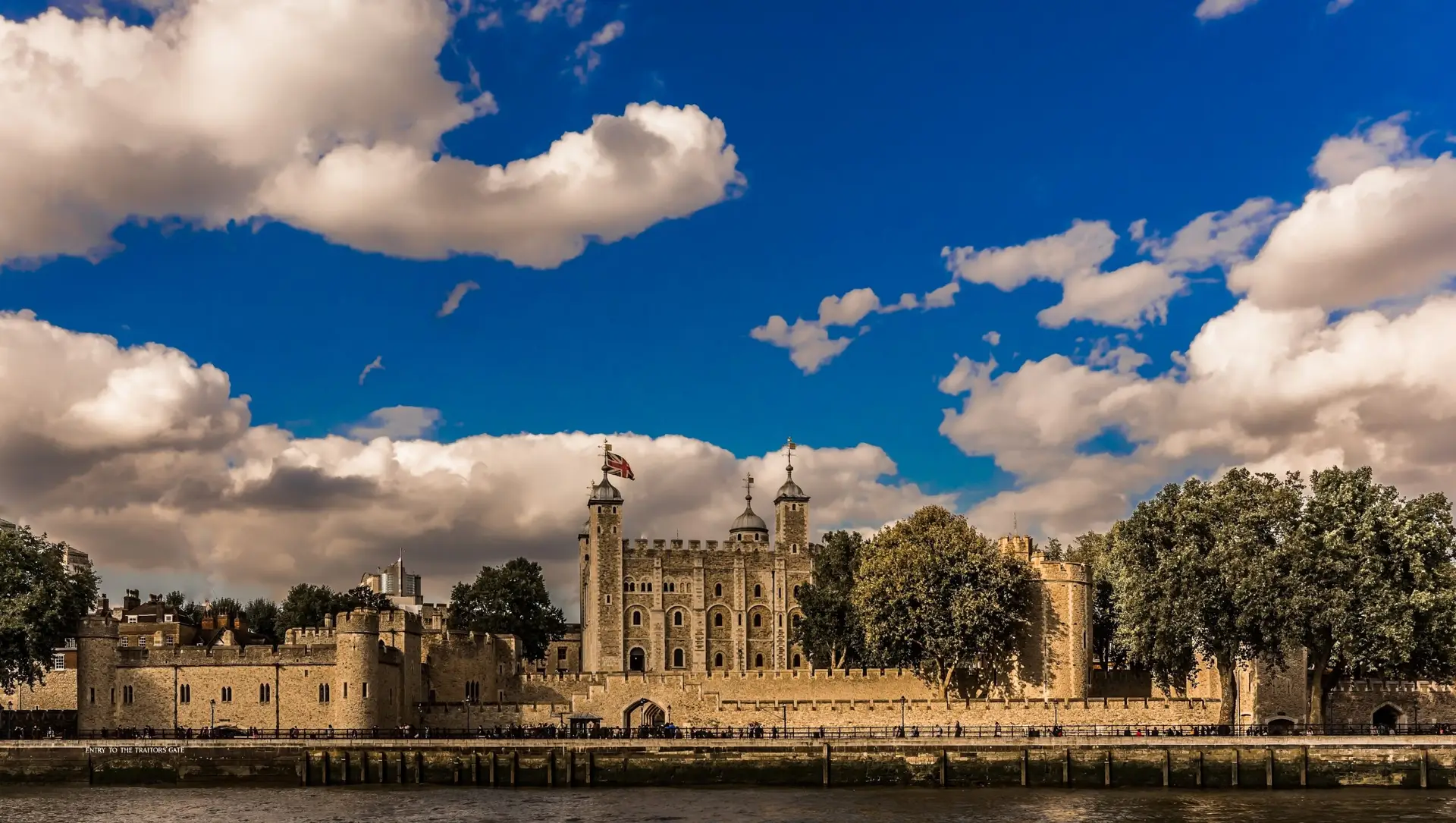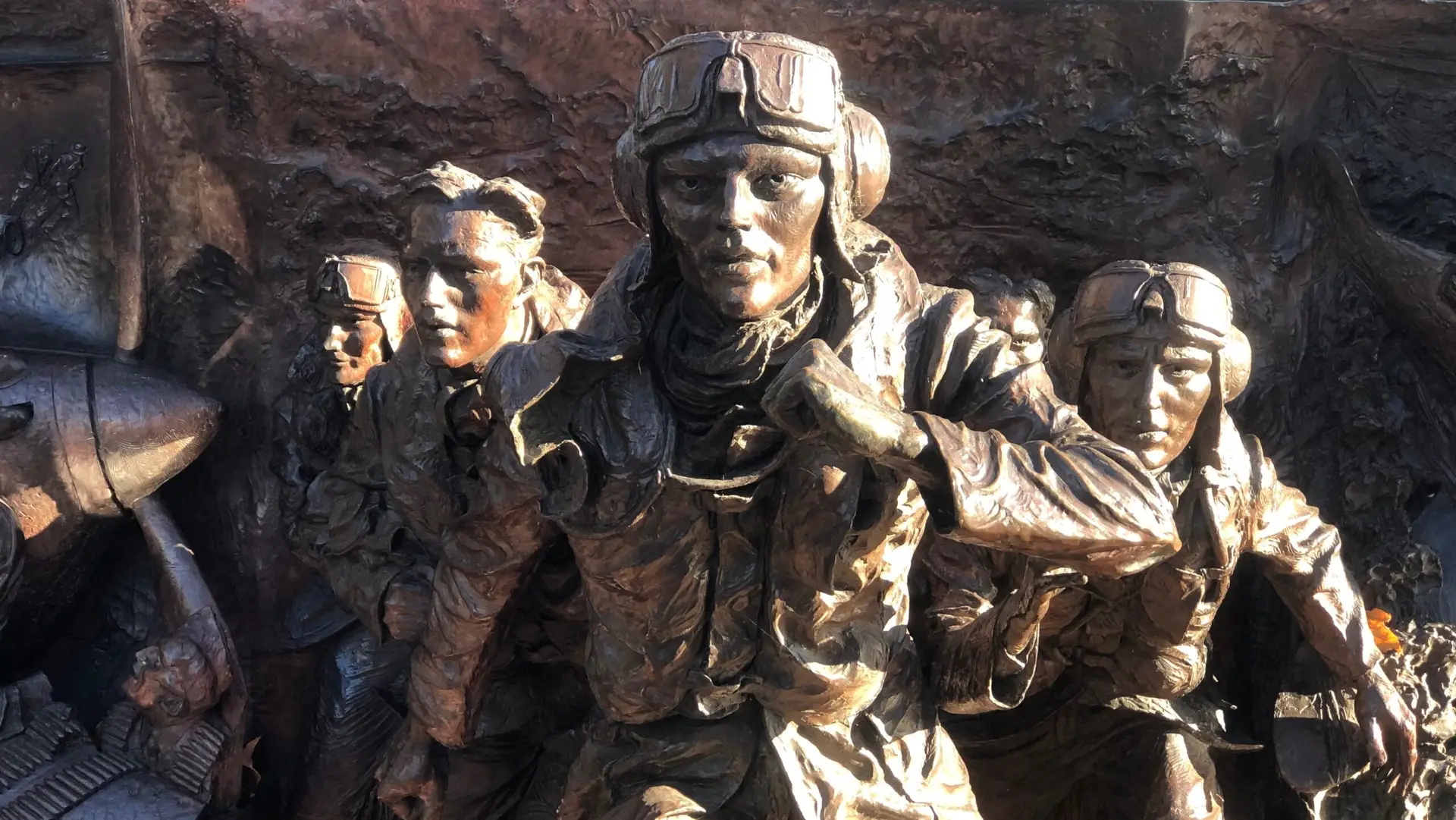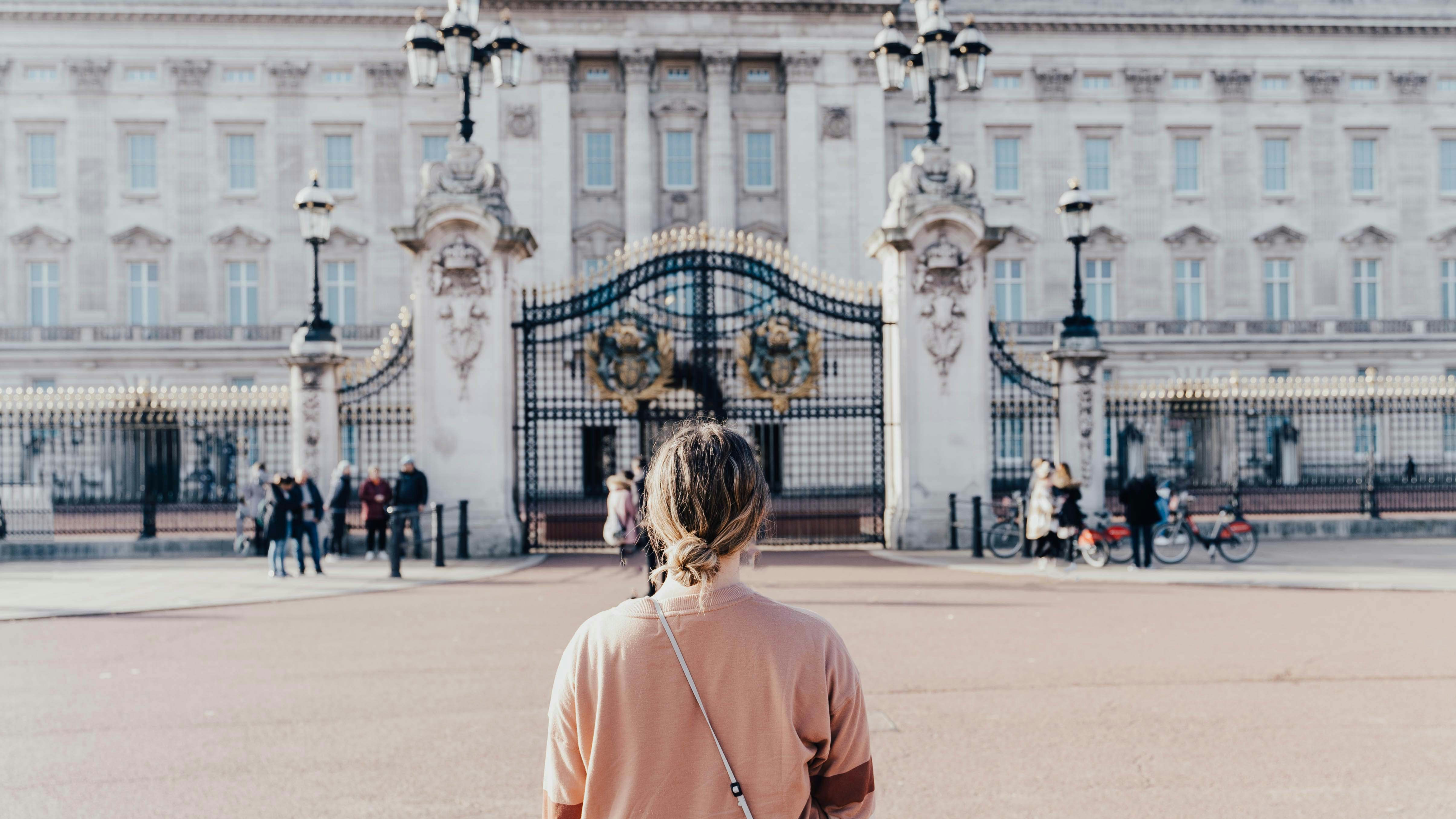What to see in the British Museum in London
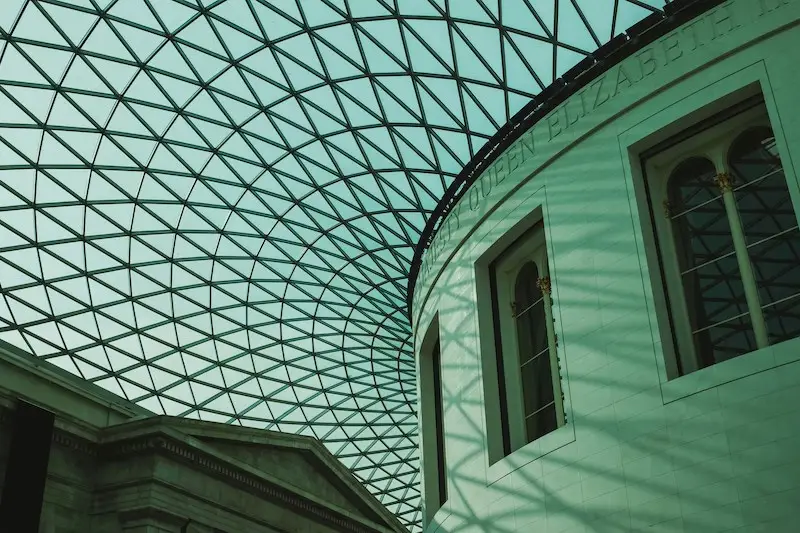
What to see in the British Museum in London?
The British Museum, located in the heart of London, is one of the world’s most renowned cultural institutions. Housing a vast collection of over eight million objects spanning two million years of history, it offers an unparalleled journey through human civilization. From ancient artifacts to modern marvels, the British Museum is a treasure trove that captures the essence of human achievement, art, and culture. However, with such an extensive collection, it can be overwhelming to know where to start. This guide highlights the must-see objects in the British Museum and explains how private tours by Urban Saunters can help you navigate the museum’s vast offerings, giving you a glimpse of its wonders in a short period without the need to search endlessly.
What to see in the British Museum in London?
#The Rosetta Stone: the Key to Ancient Egypt
One of the most iconic objects in the British Museum, the Rosetta Stone, is a must-see for anyone visiting the museum. Discovered in 1799 by French soldiers in Egypt, this ancient artifact holds the key to understanding Egyptian hieroglyphs. The stone features the same text written in three scripts: Greek, Demotic, and hieroglyphic. It was the Greek inscription that allowed scholars to decipher the ancient Egyptian language, unlocking the secrets of a long-lost civilization.
The Rosetta Stone is displayed in the museum’s Egyptian Sculpture Gallery, where it attracts millions of visitors each year. The significance of this artifact cannot be overstated—it represents a pivotal moment in the history of archaeology and linguistics. With a private tour, you can get an in-depth explanation of the stone’s discovery, its role in Egyptology, and how it transformed our understanding of Ancient Egypt.
#The Elgin Marbles: masterpieces of Ancient Greece
The Elgin Marbles, also known as the Parthenon Sculptures, are another highlight of the British Museum. These exquisite marble sculptures were originally part of the Parthenon temple on the Acropolis in Athens, created in the 5th century BCE under the direction of the famous sculptor Phidias. The marbles include intricate depictions of gods, heroes, and mythical creatures, showcasing the artistic brilliance of Ancient Greece.
Lord Elgin, a British diplomat, acquired the sculptures in the early 19th century, and they have been displayed in the British Museum since then. The Elgin Marbles are housed in the Duveen Gallery, where their beauty and craftsmanship continue to captivate visitors. A private tour can provide a detailed narrative about the history of the Parthenon, the controversy surrounding the marbles, and their significance in the context of ancient Greek art and culture.
#The Egyptian Mummies: a Glimpse into the Afterlife
The British Museum’s collection of Egyptian mummies offers a fascinating look at ancient Egyptian beliefs about death and the afterlife. The museum houses several mummies, each with its own unique story and historical significance. Among the most famous is the mummy of Katebet, a chantress from the Temple of Amun in Thebes. Her beautifully preserved sarcophagus and the intricate details of her burial provide insights into the rituals and practices of ancient Egypt.
The Egyptian Mummies are displayed in the museum’s Egyptian Death and Afterlife galleries, where you can also see other burial artifacts, including coffins, amulets, and funerary texts like the Book of the Dead. Private tours offer an opportunity to delve deeper into the religious beliefs and practices of the ancient Egyptians, explaining how mummification was central to their understanding of life after death.
#The Lewis Chessmen: medieval Masterpieces
The Lewis Chessmen are among the most famous and intriguing artifacts in the British Museum’s medieval collection. Discovered on the Isle of Lewis in Scotland in 1831, these 12th-century chess pieces are carved from walrus ivory and whale teeth. The chessmen are remarkable for their detailed and expressive faces, each piece representing a different figure, including kings, queens, knights, and bishops.
The Lewis Chessmen are thought to have been crafted in Norway and are believed to reflect the rich cultural exchanges that took place in the medieval period. Their discovery provides valuable insights into the world of medieval Europe, where chess was not just a game but a symbol of power and strategy. On a private tour, you can explore the historical context of the chessmen, their craftsmanship, and their significance in medieval society.
#The Sutton Hoo Treasure: Anglo-Saxon Splendor
The Sutton Hoo Treasure is one of the most significant archaeological finds in British history. Discovered in 1939 in Suffolk, England, the treasure consists of an elaborate ship burial dating back to the early 7th century. The burial site is believed to belong to an Anglo-Saxon king, possibly King Raedwald of East Anglia. The treasure includes a magnificent helmet, a ceremonial shield, weapons, jewelry, and silverware, all of which are displayed in the museum’s Medieval Europe gallery.
The Sutton Hoo helmet, with its distinctive mask and intricate decoration, is one of the most iconic objects in the collection. The treasure offers a rare glimpse into the life and culture of the Anglo-Saxons, a time often referred to as the Dark Ages due to the scarcity of written records. Private tours can provide a detailed exploration of the Sutton Hoo Treasure, explaining its discovery, the burial rituals of the Anglo-Saxons, and its significance in the broader context of early medieval Europe.
#The Assyrian Reliefs: scenes of Ancient Power
The Assyrian reliefs in the British Museum are another must-see collection. These massive stone panels, originally from the palaces of Assyrian kings in what is now Iraq, date back to the 9th to 7th centuries BCE. The reliefs depict scenes of royal hunts, battles, and religious rituals, offering a vivid portrayal of the power and grandeur of the Assyrian Empire.
Among the most famous is the Lion Hunt of Ashurbanipal, which shows the Assyrian king engaging in a ceremonial hunt, a demonstration of his power and bravery. The intricacy and realism of these reliefs are remarkable, providing a window into the world of one of the most powerful empires of the ancient Near East. Private tours allow you to explore the stories behind these reliefs, understanding their symbolic meaning and the historical context of the Assyrian civilization.
Why a London Private Tour is the best way to See the British Museum
While the British Museum offers an incredible array of artifacts and exhibits, the sheer size of its collection can be overwhelming, especially for first-time visitors. This is where private tours by Urban Saunters can make all the difference. A private tour allows you to experience the highlights of the museum in a condensed period, ensuring you don’t miss out on the must-see objects without the stress of navigating the museum on your own.
With a private tour, you benefit from the expertise of a knowledgeable guide who can tailor the experience to your interests, whether you’re fascinated by Ancient Egypt, intrigued by medieval treasures, or captivated by the art of Ancient Greece. The guide provides insightful commentary, historical context, and answers to any questions you might have, turning your visit into a deeply enriching experience.
Moreover, a private tour can help you avoid the crowds, offering a more personalized and intimate experience of the museum’s treasures. Whether you have a few hours or an entire day, a private tour ensures that you make the most of your time at the British Museum, seeing the most significant and interesting objects without the need to search for them yourself.
Whether you’re a history buff, an art lover, or simply curious about the past, a visit to the British Museum with a private tour is an experience not to be missed.
Book your London private tour to the British Museum!
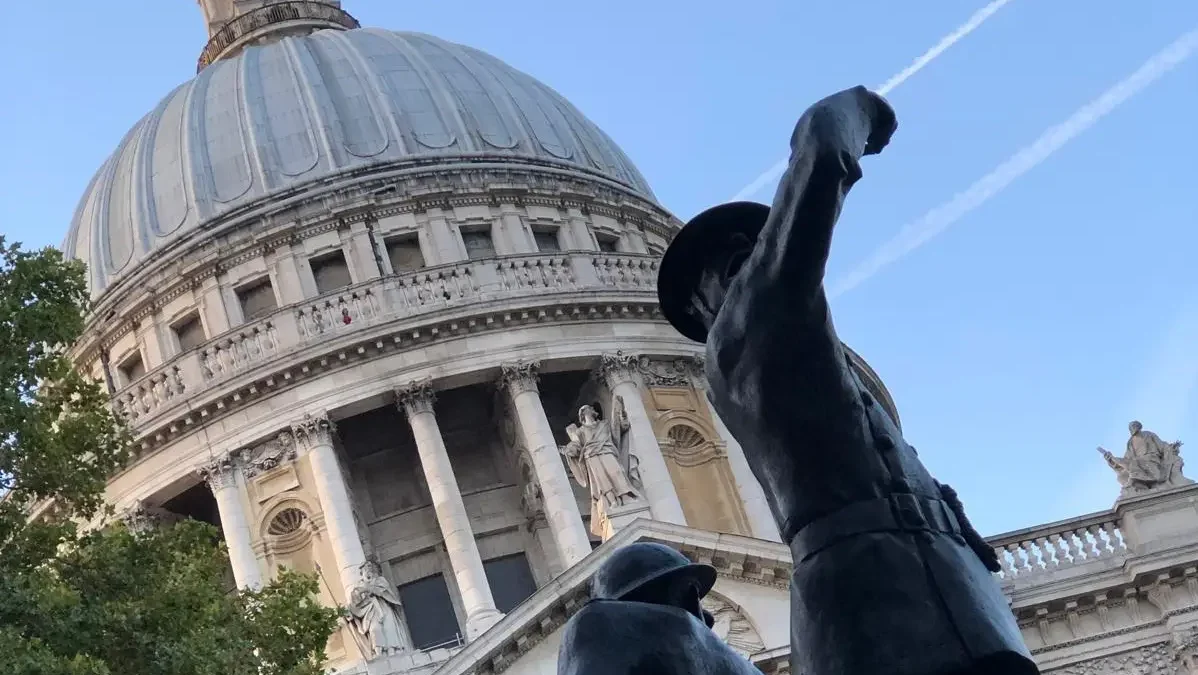
Step back in time on this small group tour through London’s WWII history, seeing iconic sites like St. Paul’s Cathedral from the outside, the ruins of St. Dunstan-in-the-East, and the HMS Belfast, uncovering stories of resilience and bravery.
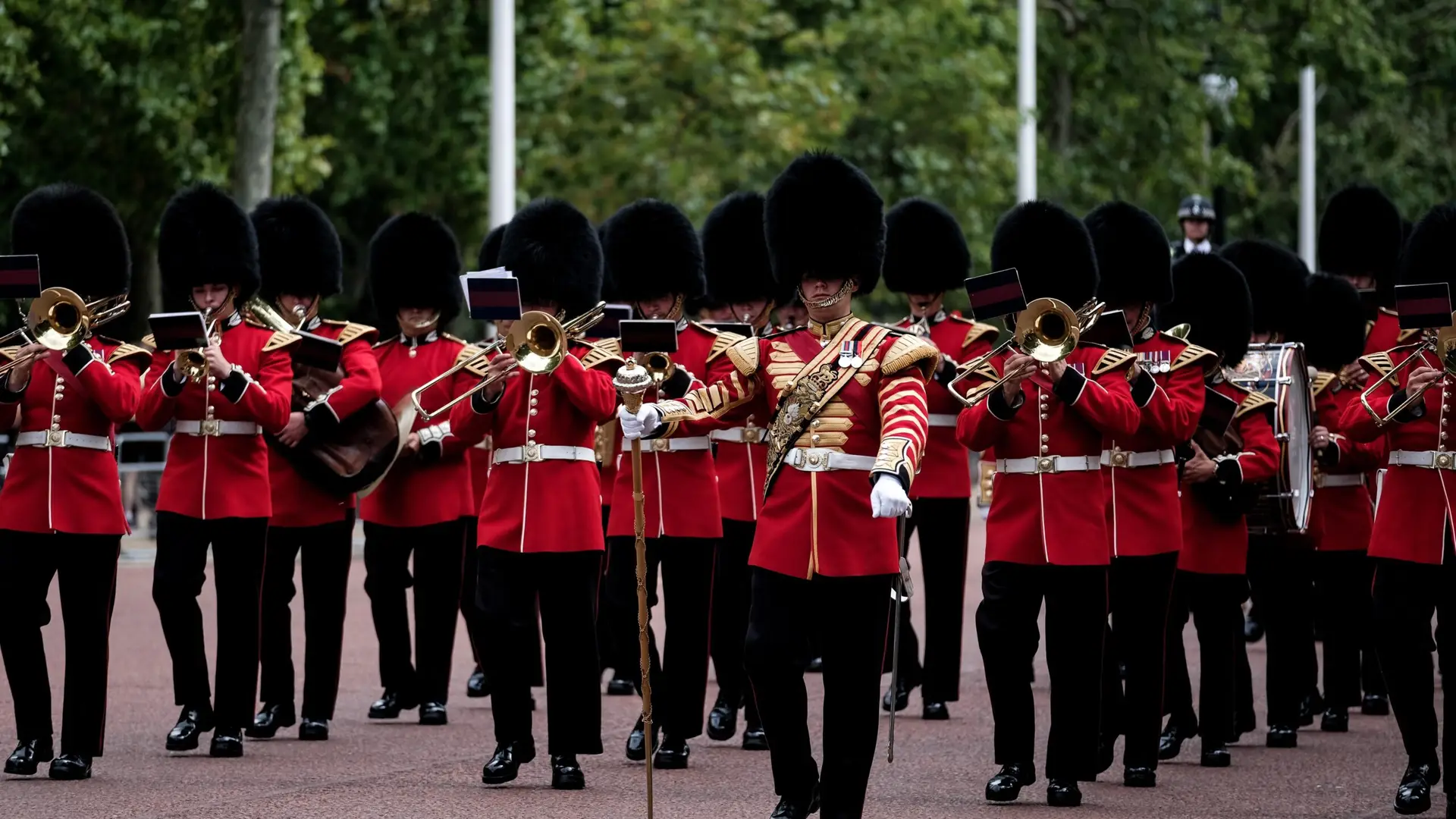
Best Seller
Get closer to the world-famous Changing of the Guard ceremony in London on a private or small-group tour led by a local. Discover the significance behind one of the most iconic British traditions.

Best Seller
Discover the epicentre of British democracy during WWII as you explore Westminster and Churchill's War Room. See where decisions were made and plans were laid to repel the German invasion.
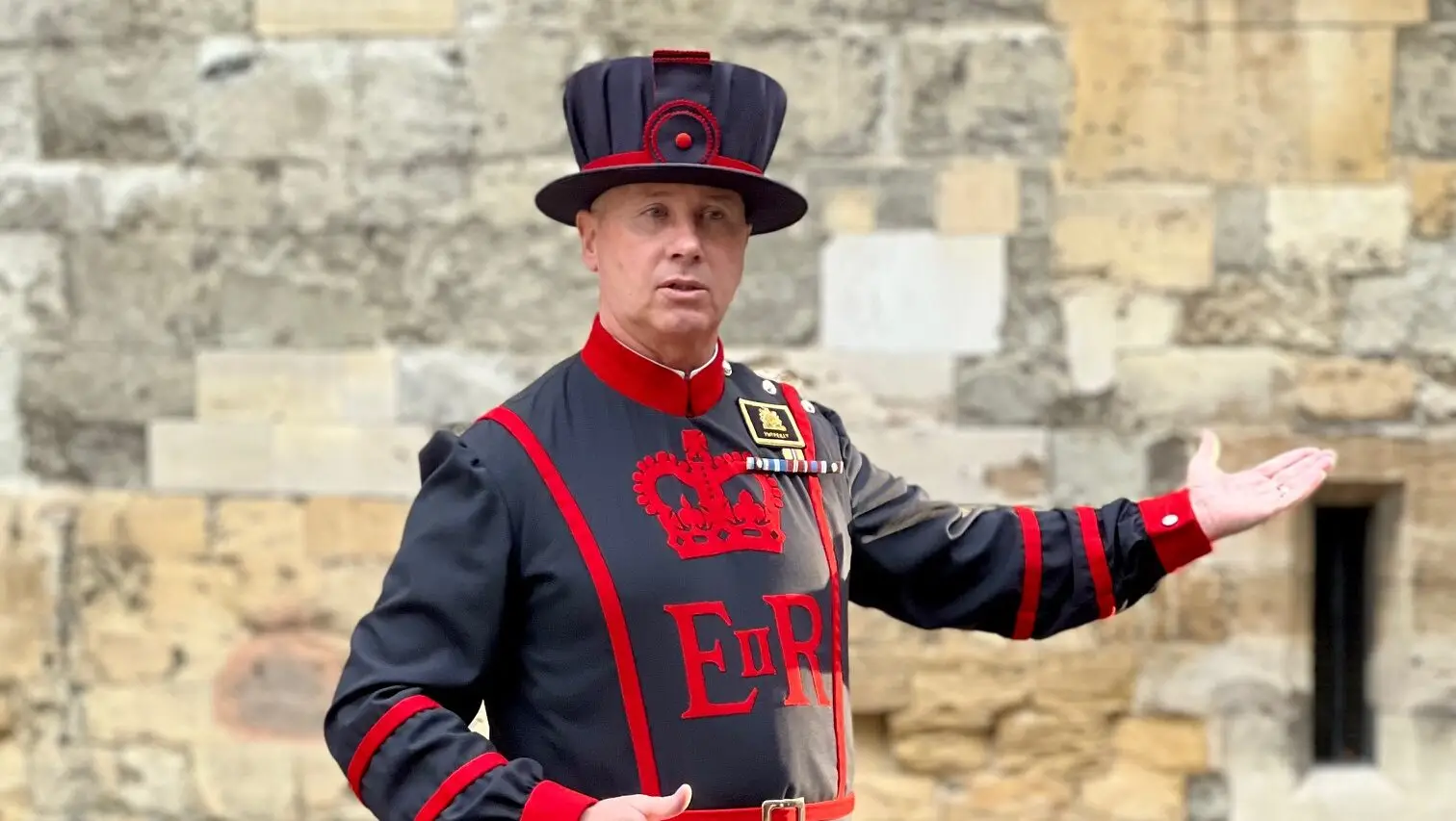
Best Seller
Be the first in line to explore the crown jewels and witness the opening ceremony at the Tower of London. Take part in an adventure that will see you travel from the old City regal city of Westminster.
Book With Extra Flexibility
Choose new departure dates if your plans change.
Reach out to us anytime via online chat, phone or email.
Get credit for future trips if you need more time to decide.
Change to a different tour run by the same tour operator.


